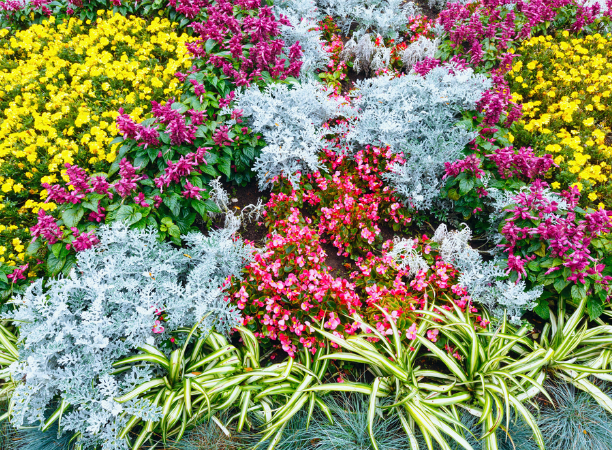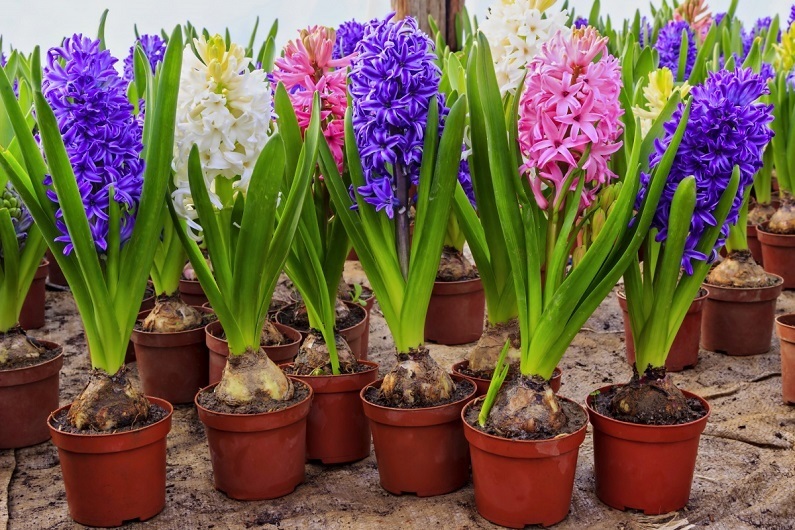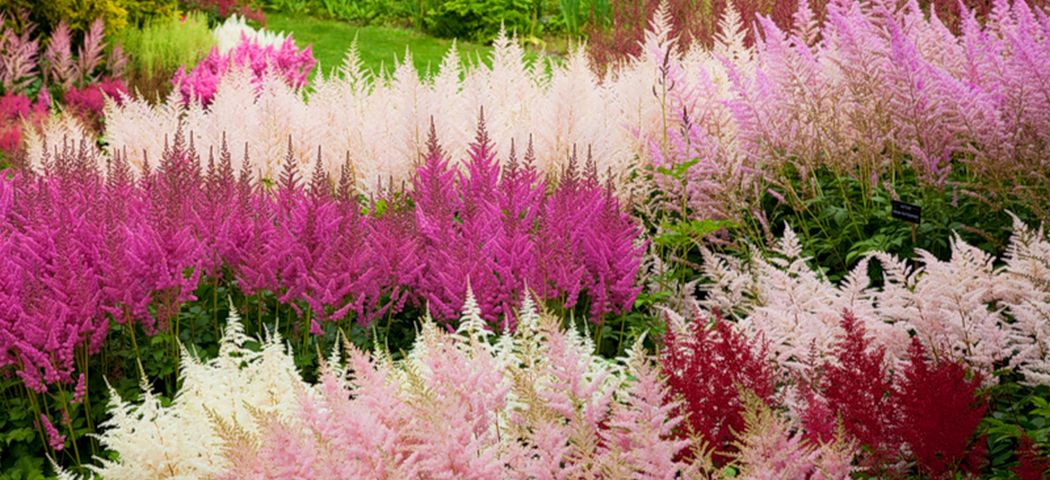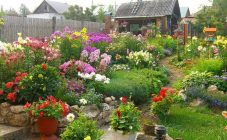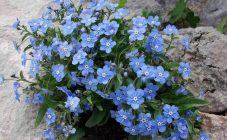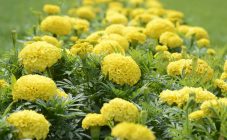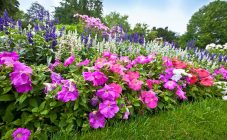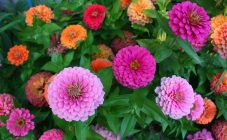Many amateur flower growers are afraid to grow perennial flowers in Siberia, fearing that they will not take root well. Experienced breeders have bred special varietal perennial flowers for Siberia, which tolerate severe frosts, short-term drought and bloom profusely for a long time (all summer).
Agrotechnological conditions
For the successful cultivation of flowers in open ground in Siberia, it is important to choose a frost-resistant, unpretentious variety that will bloom all summer and decorate the summer cottage.
For successful growth and flowering in the North Ural (Siberian-Ural) the region is important:
- To plant seeds or seedlings in the spring in a heated ground, when the threat of frost has completely passed.
- Additionally, enrich the soil by introducing rotted cow dung, straw, hay.
- Mulch the seedlings with a layer of straw, sawdust.
- For planting, use only frost-resistant and high-quality seed.
The best varieties
The best perennial varietal flowers for the northern regions:
- Chrysanthemum - depending on the variety, it can be either short or tall. Early varieties bloom from mid June to mid September. Double and semi-double flowers of bright color are pleasing to the eye. For intensive growth and abundant flowering with large flowers, planting is required in a sunny area with sufficient moisture supply, regular loosening of the soil, fertilization with mineral dressings during the flowering period.
- Kandyk Siberian - frost-resistant garden flower, up to 25 cm tall, with a reddish stem and dark green long leaves growing upward. On the stem, there is one inflorescence with large petals of white (pink, purple) color.
- Rudbeckia is an all-summer blooming plant with a long, hairy, thin stem and large dark green leaves at the bottom. One inflorescence in the form of a basket, up to 15 cm in diameter, with long petals at the edges and short tubular in the center. The color ranges from bright yellow, orange to purple. The flower does not tolerate drought well, is not picky about the composition of the soil, requires tying to a trellis.
- Hyacinth is a bulbous flower, up to 40 cm high, with a short thick stem, long narrow leaves and a panicle of many small flowers with semi-double petals curved upward. It blooms with white, yellow, lilac, pink, purple flowers.
- Muscari is a plant of the Liliaceae family. The stem is straight, long; leaves are basal, narrow and long. The inflorescence is dense, conical white (blue). On fertile soil and a lighted area, it can bloom up to 1 month.
- Sedum (sedum) is a creeping dwarf bush with dense, small glossy leaves. Inflorescence in the form of a hemisphere, consists of many small 6-petal flowers. It blooms with white, yellow, purple, pink, blue, lilac flowers. The bush is unpretentious to watering, soil. Has a stable immunity to pests and diseases.
- Phlox is a plant on a thin stem with bright green elongated leaves and a dense rosette of small flowers of bright pink, white, lilac shades. Phlox is unpretentious in care, does not tolerate waterlogging of the soil, blooms all summer, does not require winter shelter. Suitable for planting on an alpine slide.
- Clematis is a perennial frost-resistant climbing plant. Leaves are oval, large, dark green. The flowers are star-shaped, pale pink, lilac, lilac, red. It blooms in June and, depending on the variety, continues to bloom until early September. Ballerina, Cosmic Melody, Nelly Moser were recognized as the best grades. Prefers partial shade or brightly lit place. With regular feeding, the intensity and duration of flowering increase.
- Perennial aster - bushy unpretentious flower. A wide range of colors allows you to choose a color for every taste. Flowering lasts from May to October, depending on the variety. With regular fertilization and moderate watering, the flowering and growth of the plant will improve. The most common varieties are Novobelgiskaya, Alpiskaya.
- Astilba is a perennial shrub up to 2 m high.For better wintering before frost, it is recommended to prune, the trunk circle is mulched with organic matter.
Perennial flowers for the Urals and the North allow you to grow flowers in harsh conditions. Any summer cottage is transformed with a variety of varieties of flowers, the summer resident finds consolation and peace when working with plants. Having picked up varieties with different flowering periods, he can admire the continuous flowering of plants all summer and autumn.
How to make a flower bed
To grow flowers in open ground in Siberia, when forming a flower bed, you should adhere to the planting scheme:
- Low-growing flowers, dwarf shrubs are planted along the edges of the flower bed,
- Tall flowers are placed in the center of the flower bed,
- Climbing plants are planted along the edges of the composition, as well as along arches, arbors,
- The color scheme should match between plants.
Regardless of what plants a flowerbed in Siberia consists of, the planting scheme is made taking into account varietal requirements.
Tips & Tricks
To get a beautifully blooming lush flower bed, experienced florists advise:
- Planting plants in pre-prepared soil with the introduction of organic fertilizers,
- Before planting, draw up a scheme of color and varietal composition in order to understand what the final result will be,
- Normalize watering, preventing waterlogging of the soil,
- Apply mineral fertilizers during the budding and flowering period,
- Carry out autumn pruning before the fall frosts, mulch the trunk circles with organic matter (spruce paws, fallen leaves, straw).
Perennial plants will help to get a beautifully blooming Siberian flower garden. The choice of varieties of flowers should be those in which the name indicates "frost-resistant".
